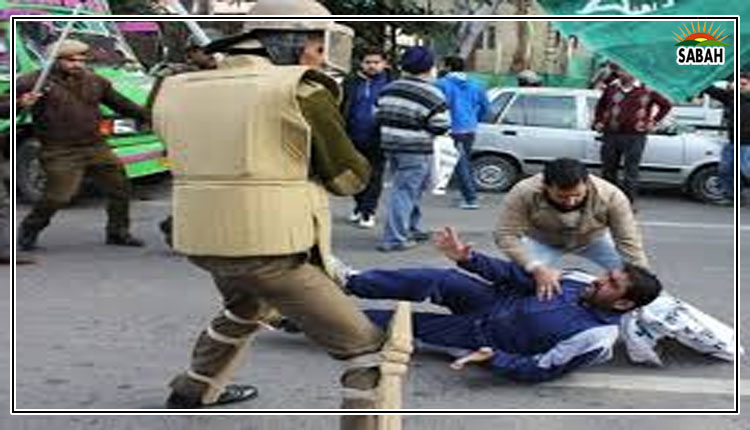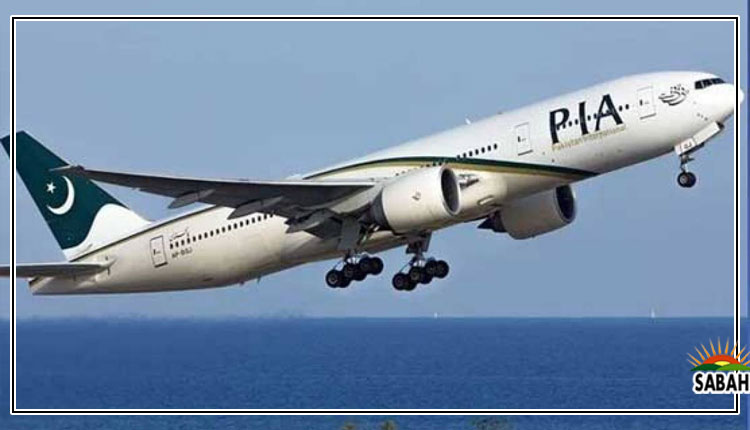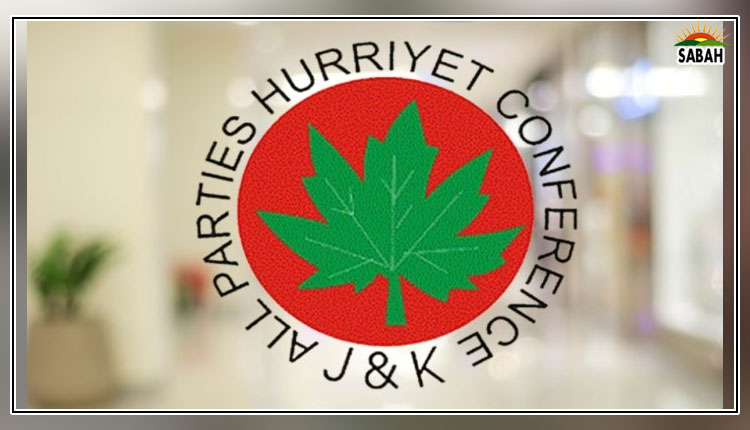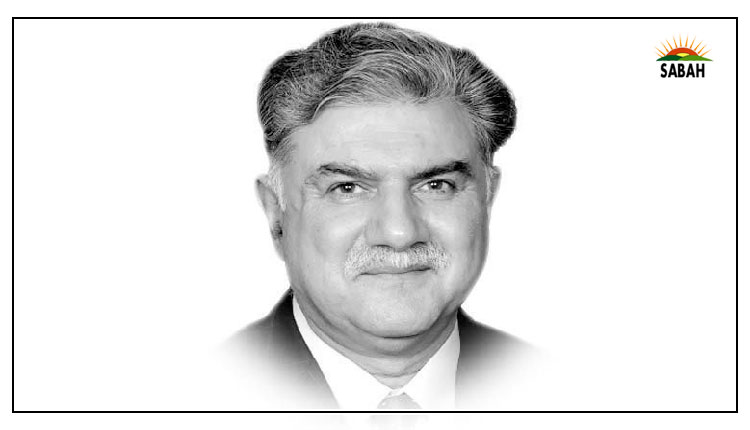The technicalities of Ukraine’s counteroffensive… Inam Ul Haque
Last week we discussed the military geography and array of forces in the much-publicised Ukraines spring now summer counteroffensive. We continue that discussion. To recap, the Defensive Line between the two Armies zigzags along River Dnieper (Dnipro), generally running north to east, and Donets River, meandering north to south in the Donbas Region/Donets Basin. The Russian Army (RA) is well-entrenched and despite having more combat potential, it has changed posture to strategic defensive. The Ukrainian Army (UA) would have to muster greater forces to fight the security zone ahead of the much-fortified main defensive positions based on water lines and built-up areas. And any breakthrough by UA would not be operationally significant unless it captures or threatens to capture vital Russian-held positions in the rear (east and south).
For the above to happen there are certain pre-requisites. First, the UA has to have better TSR (Time, Space and Relative Strength) ratios to break through, be able to follow up and follow through such success, fight off Russian counterattacks, and maintain and continually re-create reserves at all levels to hold captured towns and cities. Without being able to do so, the costly breakthrough after bloody break-in battles is of less utility. Second, the UA has to muster greater infantry forces, engineers, more long-range fires (artillery, rockets, etc), and relative air superiority at the point of decision to overcome a strong defender. Third, the UA would have to demonstrate a marked edge in force multipliers like surprise and deception, employment of special forces, better aviation and air force support, improved logistics, reliable C5ISR (Command, Control, Communications, Computers, Coordination, Intelligence, Surveillance and Reconnaissance Systems), in addition to sustained motivation through better administration and high morale, etc. Fourth, the objectives threatened or captured should be sufficiently critical and sensitive to induce dislocation in the RA system of forces, to ultimately strengthen the politicians hand at the negotiating table subsequently.
That is a tall order for a weaker side on offensive against a relatively stronger side on defensive. RA seems to have learnt from its mistakes, like it did against the German Wehrmacht in World War-II. Russia has repeatedly demonstrated more strategic resilience and it generally overcomes its initial response-clumsiness. Its training, force cohesion, logistic sustainment (like administration, reserves mobilisation, reinforcements, Medicare, etc after some initial hiccups) are better compared to the Ukrainian side, that has hurriedly cobbled together formations (battalions and brigades), comprising aged soldiers, and equipment from multiple countries posing its own unique problems of integration, operation, repair and maintenance, etc. Manpower and ammunition shortages reported are more critical to UA. Donated equipment is reportedly obsolete, complex to operate and with limited logistic back-up. Consequently, it is surmised that UA is still battling RA in the security zone, ahead of main defences, which have been contacted in some areas.
On the planning side, the Russian political leaders and General Staff seem to have recovered from their initial faulty assessments…that of threatening Kiev by posturing, hoping internal insurrection through 5th columnists, changing regime to pliant partners like in Georgia, and withdrawing. Having forced the Russian hand against Ukraine, the superior US strategy seems to be working so far. It is aimed at making Ukraine Russias Afghanistan the forever war (whatever it takes – Biden), enhance European insecurity and dependency on the US, sell more US arms and reap energy windfall by blocking Russian gas to Europe and supplying pricey US alternatives. This cost-effective strategy, with the explicit if undeclared aim of retaining and maintaining the US dominance, helps resuscitate the US geo-strategically, politically, economically and diplomatically. Ukraine emerges expendable, with some reconstruction consolation for survivors.
Following the above cited broad geo-strategic construct, Ukraine under its foreign auspices would keep Moscow embroiled in a drawn conflict on its terms. Eviction of Russian forces from the entire Ukrainian territory would be a preferred but ambitious option for the US/Ukrainian hawks. Europe may slow down such ambitions, as a sullied Germany and an uncomfortable France may still try to wriggle out some independent maneuver space.
The weight of the UA counteroffensive is reportedly in the south toward the coast to sever the so-called land bridge between Russian-occupied Ukraine and the Crimean Peninsula. Besides physical occupation, Ukraine would also prefer targeting the land bridge with long-range fires. Russian Military is reportedly retaliating with fierce tactical offensives in the Donbas/Donets Region up north to relive pressure in the south. British intelligence has reported a probable naval blockade of Ukraine by Russian Black Sea Fleet after withdrawing from the grain deal. Attacks on the port city of Odesa have spiked.
According to The New York Times, the Ukrainian offensive is following two southward thrust lines to achieve the cited aim of interdiction of Russian lines of communication to Crimea and dividing the Russian front. One line of attack, perhaps a secondary goes towards Berdiansk city on the Sea of Azov, and probably the main farther west, directed at the city of Melitopol. Both cities are strategic transit routes for RA in southern Ukraine and Crimea. Russian defenders are equally tenacious, and like all wars, use deadly innovative tactics to inflict casualties on the attackers, for example digging bunkers beneath rural houses to collapse these like anthills on the attacking Ukrainians, besides extensive use of attack-drones and remotely controlled mines. Counteroffensive difficulties in the southern Zaporizhzhia region can be gauged from the fact that in two months, UA has advanced less than 16 km along the regions 100-mile front.
Theoretically speaking, even if the front is divided, and the land bridge to Crimea interdicted after unsustainable Ukrainian casualties, the RA still has options to supply Crimes through sea. For making a meaningful impact, UA has to make breakthroughs, followed up with deeper and wider pincers to dislocate and entrap larger Russian forces. That seems less probable as of now, given the Ukrainian TSR. So as the war goes on, it would be local news of tactical and sub-tactical successes here and there, turning the conflict into a slog. The UA is also reportedly short on force-multipliers. And political brownie points aside, the law of diminishing returns would affect both sides…Kiev more than Moscow.
A negotiated end would avoid unnecessary bloodshed on both sides. Till then, we continue to keep the fingers crossed!
Courtesy The Express Tribune












